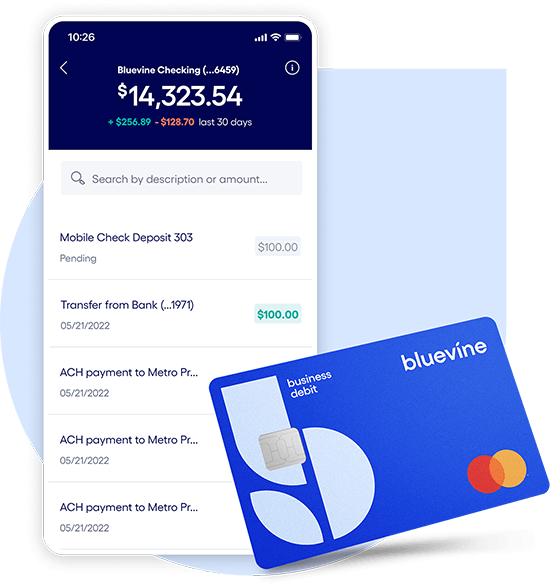For e-commerce businesses, average order value (AOV) is an important metric to track as it helps you understand the value of your product/service offering to your target customer, the optimization of your conversion funnel, and the overall value of each customer acquired. AOV is also important to track because it’s something that you have some control over. There are different levers you can use to boost your AOV over time, thus increasing your total revenue. Here’s what to know.
What are the benefits of increasing average order value?
Beyond contributing to higher overall revenue and profit—which is already a benefit all on its own—a boost in AOV helps improve your return on marketing dollars by increasing the value contributed by each customer acquired. Another benefit of increasing AOV for businesses that sell a physical product is that it allows you to work through inventory more efficiently, enabling you to refresh your offering more often without struggling to deal with a high volume of unsold stock.
Small business checking, built for your needs
Unlimited transactions, live support, high-interest rates, and no monthly fees. Open a Bluevine Business Checking account online today.
Learn more
What are a few tips ways you can increase average order value?
Once you have a clear idea of why increasing AOV can benefit your business, the next question is how to actually get that number up. Luckily, boosting the average value of each unique order isn’t too tough with the help of these proven tips:
Offer free shipping over a minimum price.
One of the easiest and most common ways to increase average order value on your site is to offer free shipping for orders over a certain amount (e.g., “Free shipping on all orders $50+). Research shows that 93% of online shoppers are willing to buy more products if shipping is free.
Of course, offering free shipping for the customer doesn’t mean that shipping costs disappear; it just means that you’ve transferred the shipping cost to yourself instead. For that reason, it’s important to crunch the numbers and see how to configure the offer so it won’t seriously cut into your profitability. For example, you might want to add a condition that your free shipping offer only applies to domestic orders rather than domestic and international.
Cross-sell complementary or related items at checkout.
Whether you offer a wide range of diverse products or just have a selection of different options in one specific category, there’s always an opportunity to cross-sell when you sell more than one SKU or service. Cross-selling can increase overall profits for your business by up to 30% and tends to perform especially well when the experience is somewhat personalized for each user.
One way to optimize your cross-selling strategy is to reference past buyer behavior and look at items that are frequently purchased together historically. From there, you can make an educated guess about what a visitor to your website might be interested in based on items they’ve already viewed, added to their cart, or purchased. You can then make data-based recommendations that a user sees before completing a purchase, which encourages them to add additional items to their cart before checking out.
Upsell or offer volume discounts.
You can think of upselling as the not-so-distant cousin of cross-selling, but rather than recommending a complementary product or service to be purchased with the original, upselling encourages a customer to upgrade to a comparable product instead of the original. On average, businesses with an effective upsell strategy in place see a 10–30% increase in revenue, with up to 95% of total profit coming from upsells and/or renewals for subscription-based products or services.
The allure of the upsell is that the alternative product recommended to a customer generally offers better quality, higher product quantity, or extra features at a nominal additional cost. This is encouraging to a customer who’s looking to get the most bang for their buck (e.g., a lower per-unit price in a bulk order or a host of extra features in a monthly software subscription for a slight increase in cost). It’s also good news for your business since you’ll have successfully redirected a customer to a sale with a higher price and profit margin.
Implement a flexible return policy.
This one may seem counterintuitive at first glance—what’s the point of increasing AOV if you’re simultaneously increasing overall returns? This is especially true in the case of businesses that offer physical products, where the time and cost involved in processing, fulfilling, and shipping orders can be too high to justify the total cost of restocking.
Here’s the thing: a flexible return policy can be a significant motivator for customers deciding which businesses to buy from. In fact, 94% of consumers are motivated by flexible return policies, meaning that a flexible return policy can significantly increase total purchases.
Remember that a generous return policy doesn’t necessarily mean a spike in returns; it may just be a source of comfort for individuals who haven’t shopped with you before and are hesitant to make a purchase without having any guarantees about product quality or customer satisfaction.
Create a powerful brand backed by social proof.
While the exact correlation between a strong brand and a higher AOV may not always be easy to track, there’s no question that consumers are motivated by things like popular opinion, trends, and customer sentiment. Data shows that 89% of consumers rely on reviews from other shoppers when making a purchase, and about 90% of consumers shop from brands they follow and engage with on social media. Building a strong brand through a thoughtful social media strategy and customer feedback helps encourage new customers to trust your business and purchase with confidence, which could translate into a higher AOV.
